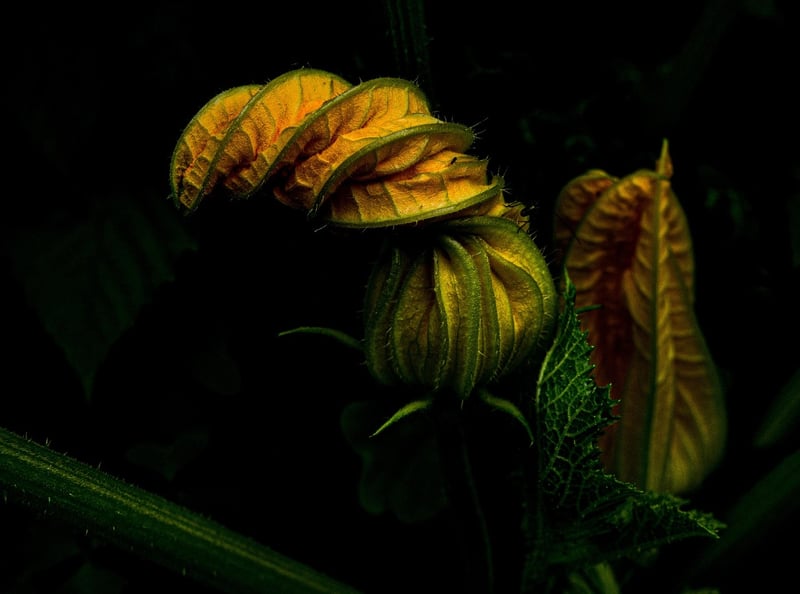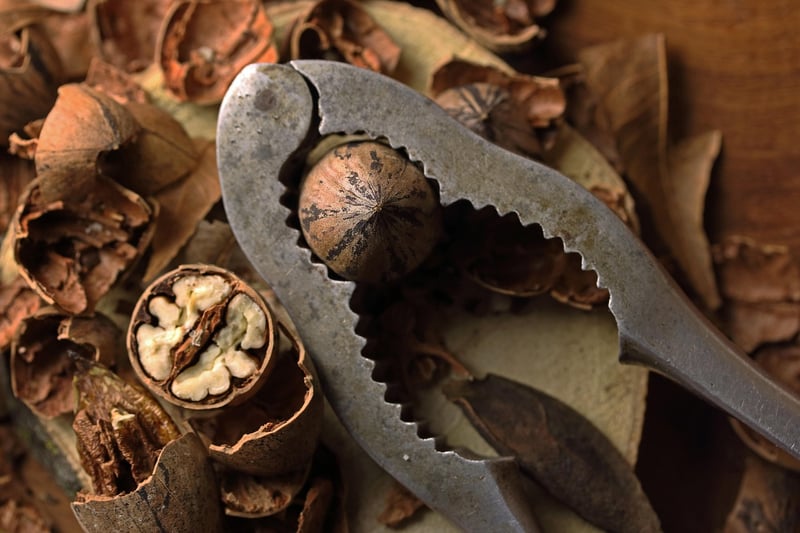Trap Crops
Managing Pests Organically with Trap Crops
Organic pest management is an environmentally friendly approach to controlling pests without the use of harmful chemicals. One effective method that organic farmers and gardeners use is trap cropping. Trap crops are plants that attract pests away from the main crop, reducing damage and the need for pesticides. Let's explore how trap crops can help in managing pests organically.
What are Trap Crops?
Trap crops are specific plants that are strategically planted to lure pests away from the main crop. These crops are typically more attractive to pests than the main crop, acting as a decoy to protect the valuable plants.
How Trap Crops Work
When pests are drawn to the trap crop, they can be easily monitored and controlled. By concentrating pests on a few sacrificial plants, the main crop remains relatively untouched. This reduces the overall damage caused by pests and minimizes the need for chemical interventions.
Benefits of Trap Crops
- Reduced Pest Damage: Trap crops help in reducing pest damage to the main crop by diverting pests to decoy plants.
- Minimal Chemical Use: By using trap crops, farmers and gardeners can rely less on chemical pesticides, promoting a healthier environment.
- Cost-Effective: Trap cropping can be a cost-effective method of pest management as it reduces the need for expensive chemical treatments.
- Biodiversity Support: Planting diverse trap crops can attract a variety of pests, promoting biodiversity in the ecosystem.
Examples of Trap Crops
Some common trap crops include:
- Nasturtiums: Attract aphids away from vegetables like tomatoes and peppers.
- Marigolds: Deter nematodes and beetles from attacking crops like potatoes and tomatoes.
- Radishes: Trap flea beetles, protecting leafy greens such as lettuce and spinach.
Implementing Trap Crops
To effectively use trap crops in your garden or farm:
- Identify the main crop and the pests that commonly affect it.
- Choose trap crops that are attractive to these pests but less valuable than the main crop.
- Plant trap crops in proximity to the main crop to draw pests away.
- Regularly monitor the trap crops for pest activity and take necessary action.
By incorporating trap crops into your pest management strategy, you can protect your plants in an eco-friendly and sustainable manner.

Image Source: Pixabay
